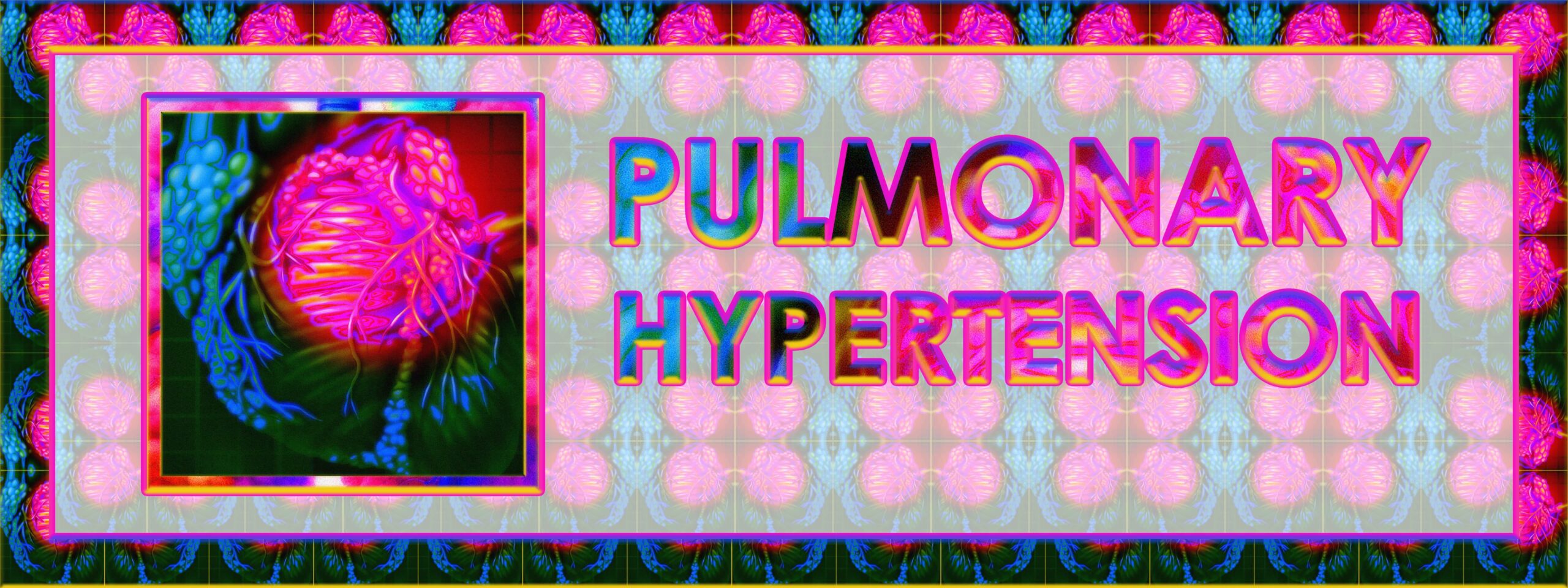Menu

Pulmonary Hypertension (PH) refers to increased pressure in the pulmonary circulation. This is the part of the circulatory system that delivers deoxygenated blood that has returned from the body from the right side of the heart to the lungs and then back to the left side of the heart.
The right side of the heart is normally the low-pressure side of the heart, and the left side of the heart is usually the high-pressure side of the heart. However, when the pressure in the pulmonary arteries, capillaries, and veins increases, the right side of the heart has to work harder to move the blood through the lungs, reducing the supply oxygen to the body.
Pulmonary Hypertension (PH) refers to increased pressure in the pulmonary circulation. This is the part of the circulatory system that delivers deoxygenated blood that has returned from the body from the right side of the heart to the lungs and then back to the left side of the heart.
The right side of the heart is normally the low-pressure side of the heart, and the left side of the heart is usually the high-pressure side of the heart. However, when the pressure in the pulmonary arteries, capillaries, and veins increases, the right side of the heart has to work harder to move the blood through the lungs, reducing the supply oxygen to the body.

Lorem ipsum dolor sit amet, consectetur adipiscing elit. Ut elit tellus, luctus nec ullamcorper mattis, pulvinar dapibus leo.

Lorem ipsum dolor sit amet, consectetur adipiscing elit. Ut elit tellus, luctus nec ullamcorper mattis, pulvinar dapibus leo.

Lorem ipsum dolor sit amet, consectetur adipiscing elit. Ut elit tellus, luctus nec ullamcorper mattis, pulvinar dapibus leo.

Common symptoms include shortness of breath, fatigue, chest pain, and lower extremity edema (swelling in the legs and ankles) and as the condition progresses, it can lead to right heart failure.
Diagnosis typically includes echocardiogram, right heart catheterization, and pulmonary function testing, among other clinical criteria and treatment options will vary based upon the underlying cause and severity of the disease, but may include medications like vasodilators, changes in lifestyle, supplemental oxygen, and in severe cases, surgical interventions like lung transplantation.
